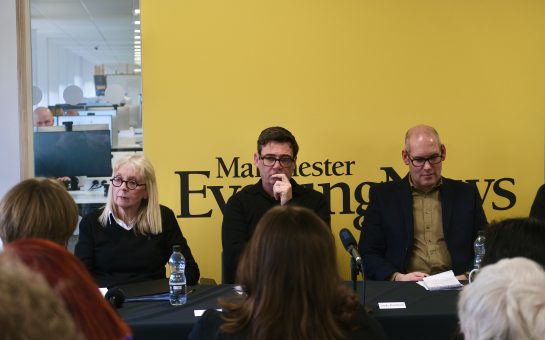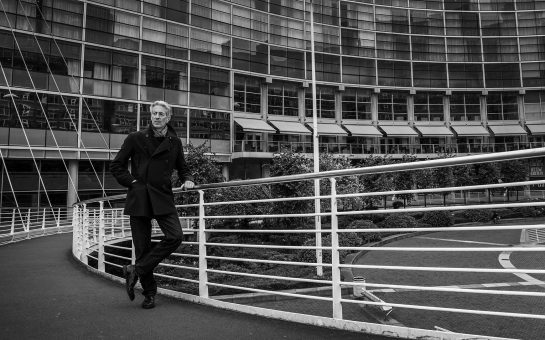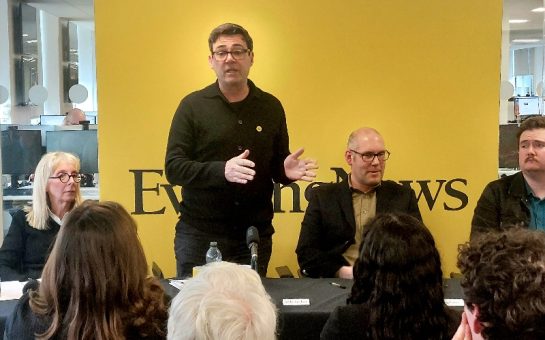A nuclear bomb exploding over Manchester would flatten everything from Old Trafford to the Etihad stadium.
These are the horrific findings of a study that explores how a nuclear bomb exploding over central manchester would instantly kill everyone in the city centre.
Almost 70% of people within the parameters of Old Trafford and the Etihad Stadium would be obliterated along with buildings and infrastructure.
The study was conducted by Article 36, a non-profit organisation working to prevent the harm caused by certain weapons.
They want to see nuclear weapons banned – and hope these shocking findings will encourage this by 2015.
The study, reminiscent of the British nuclear war movie Threads, imagines the effect of a nuclear bomb exploding 850 metres above central Manchester.
Those just outside the first ring of destruction stand a slightly higher chance of survival with around 9,000 people being killed and a massive 45% of people being injured.
Anyone in this 5km ring, encompassing Salford, Crumpsall, Longsight, Fallowfield and Whalley Range, would suffer from flying glass and burns with buildings being extensively damaged.
If you’re within 8km of the central blast zone including Eccles, Prestwich, Didsbury, Stretford and Sale, there’s a one in four chance of being injured due to flying debris from smashed windows and burns.
Richard Moyes of Article 36 explained that Manchester was chosen because it represented an urban city that wasn’t London and one that has had a history of anti-nuclear sentiments.
“Manchester has been a nuclear free city for many years, so there is some tradition of concern about nuclear weapons,” said the former Manchester resident.
“If you look at these kind of impacts on the most densely populated city, main financial centre and seat of national government, you get worse impacts but we wanted to suggest that this wasn’t the worst-case scenario.”
“The point of looking at this kind of impact is to stop only seeing nuclear weapons as purely hypothetical weapons and to focus attention on what the real human effects through such weapons.”
The study goes on to surmise that the devastation would not end at the blast with the electromagnetic pulse of the bomb cutting off power supplies and communications throughout the city.
The use of mobile phones, the internet and emergency service communications would be blocked because of the pulse which would enhance panic and distress.
Approximately 40% of the total hospital capacity in Greater Manchester falls within the major destruction zones with eight ambulance stations in the same area.
With these figures in mind those behind the study claim that the remaining emergency facilities would be utterly inadequate in coping with the fallout.
With the majority of train stations sitting in the city centre it comes as no surprise that transport in and out of the city would be severely affected by the blast.
All of the main train and central bus stations would fall within the zone of complete destruction as well as the Metrolink ultimately rendering Manchester inoperable.
With Greater Manchester being a major economic centre to the UK the study suggests that it would be unlikely for the UK as a whole to cope financially.
Article 36 argues that, like other weapons of mass destruction, nuclear weapons should be made illegal and hope the ongoing international debate leads to nuclear weapons being outlawed by 2015.
Picture courtesy of The Comprehensive Nuclear-Test-Ban Treaty Organisation via Flickr, with thanks



